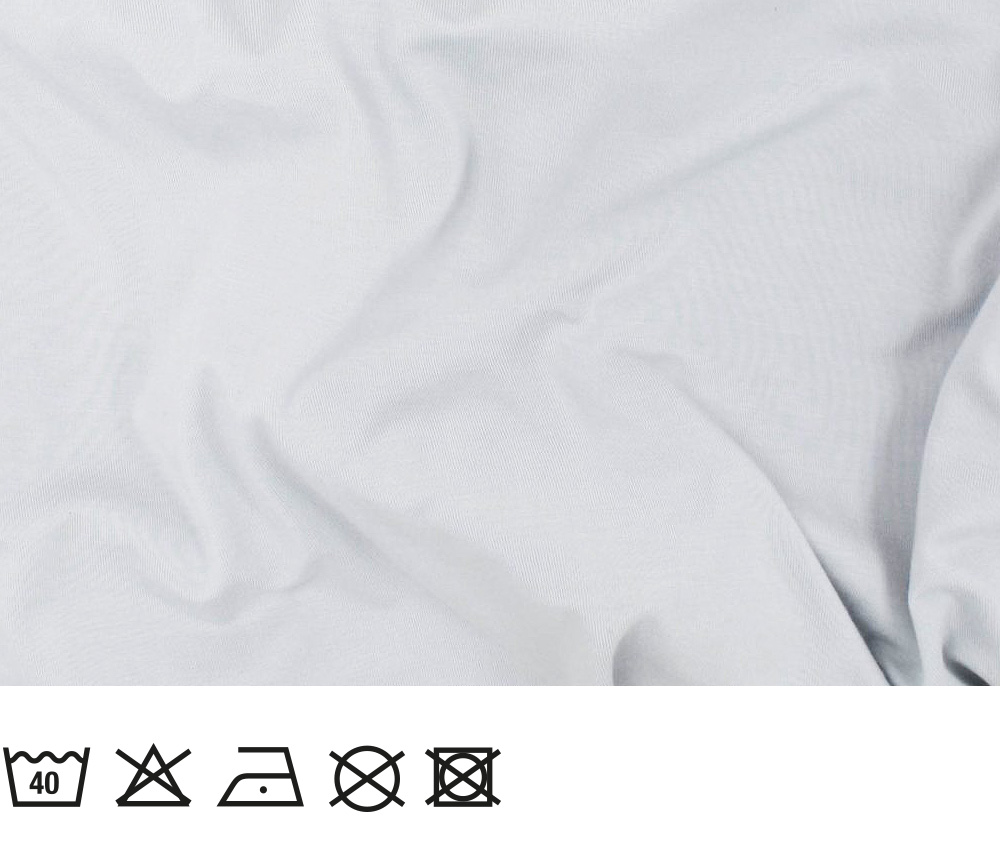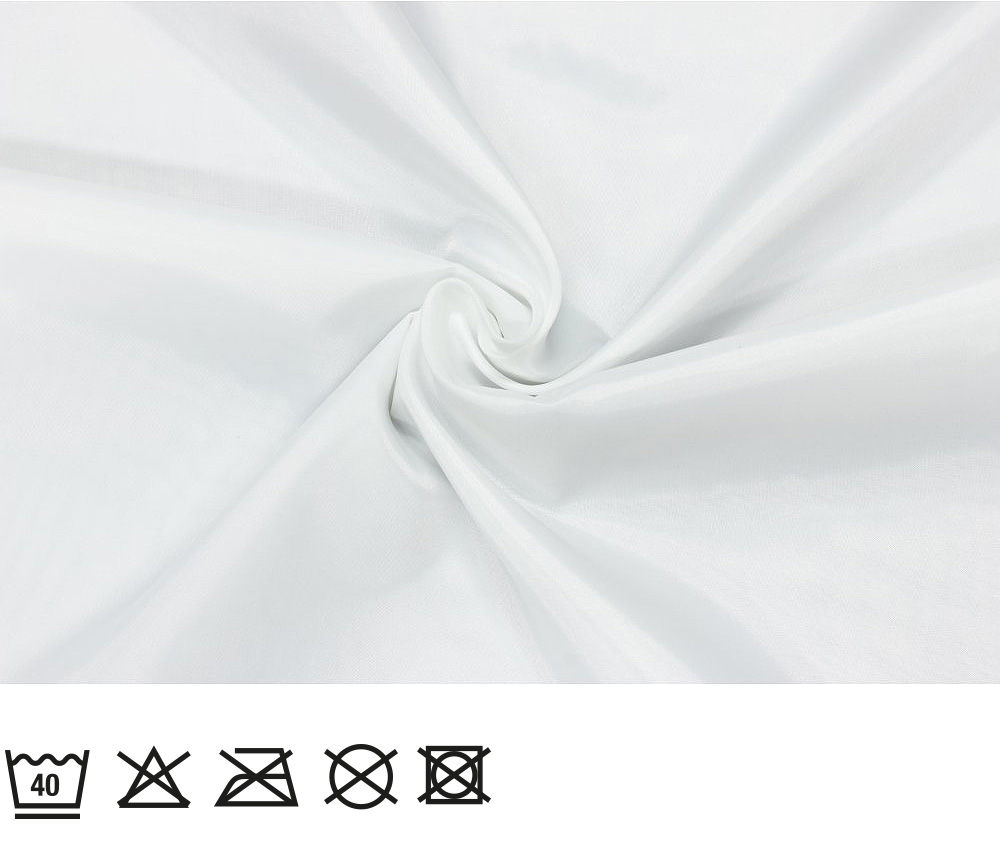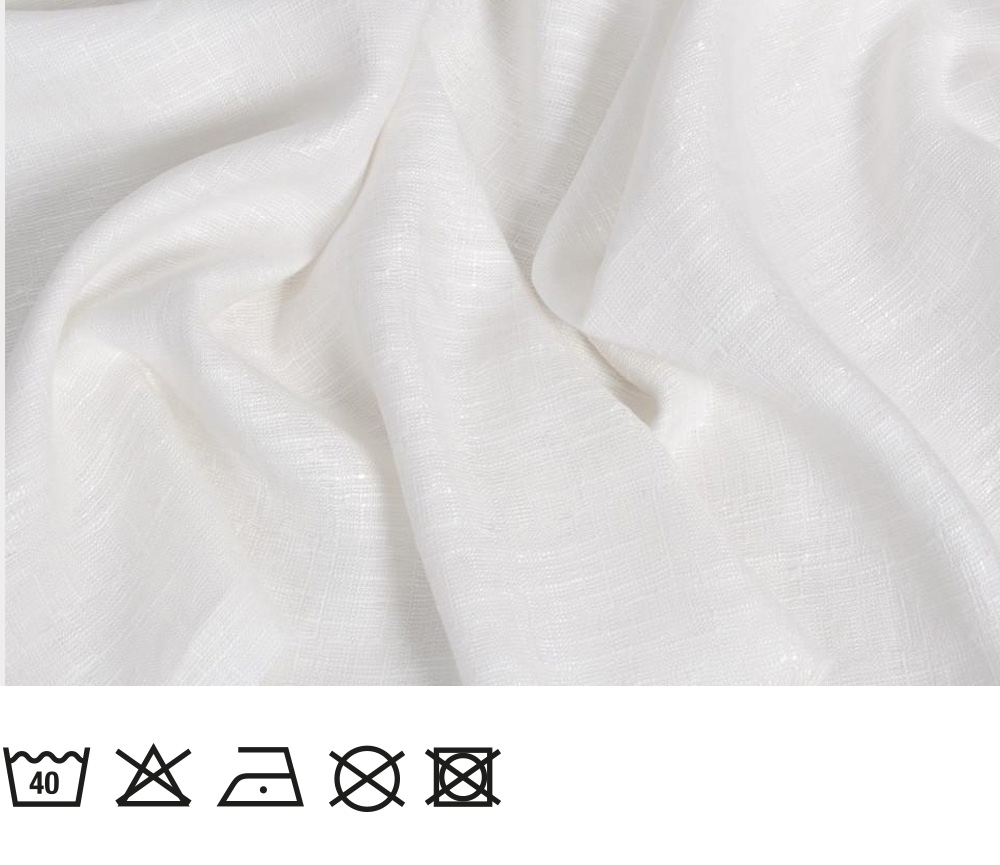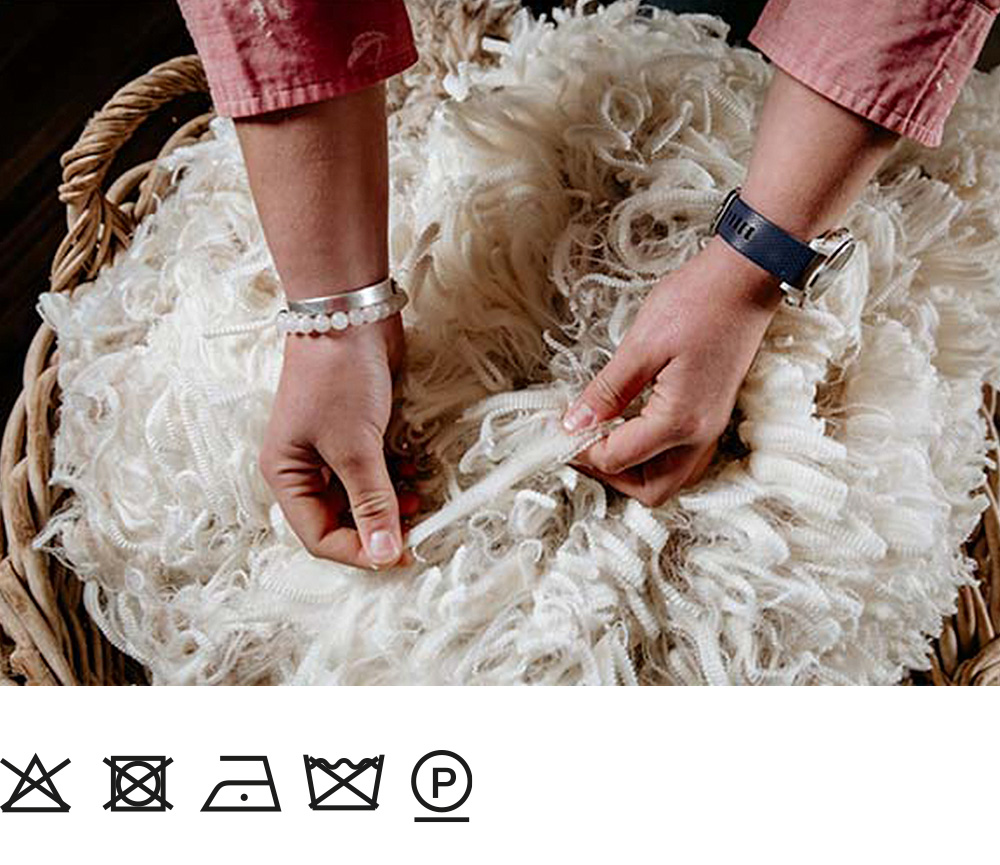YNGPRMTV > Materials
Bamboo viscose
Bamboo is considered the fastest growing plant on Earth. In addition, bamboo forms such a complex root system that it is not necessary to plant it again after harvest. New plants sprout from the roots. Bamboo is therefore great in terms of sustainable development. And because bamboo is naturally antibacterial, no pesticides are being used. This is a big difference from, for example, conventional cotton growing. In summary, bamboo is basically a weed plant, does not require fertilization or pesticides plus regenerates itself. Quite simply, bamboo is always organic :) Bamboo fiber is so nicely smooth and has a silky sheen. It is amazing as a first layer, is well absorbent and wicks sweat away from the body. It is naturally antibacterial, functional and breathable.
Cotton
Cotton is the queen of textile raw materials. It is durable, firm, yet soft, pleasant to the body, absorbs sweat well and is breathable. It washes well and withstands high temperatures during washing. Quality cotton is long-fiber cotton with a fine thin fiber. Besides the length of the fibers it is also good to know the method of cultivation. A huge amount of fabric is woven from cotton. From luxurious poplin to cotton knit.
Bio cotton
Organic cotton is grown without the use of chemical sprays using natural laws. Natural biodiversity, crop rotation and compost fertilization keep the soil healthy and full of nutrients. Instead of chemicals, weeds are prevented by simple skinning and hoeing, mulching, more efficient irrigation, growing more species of plants together. Natural insecticides are used and various practices (eg planting of certain crops) promote the occurrence of natural enemies of pests. Flowers are often harvested by hand or in a more gentle way and without the use of chemicals to defoliate plants.
kšiltovky
Kšiltovky neperte v pračce. Pokuste se kšiltovku vyčistit lokálně vlhčeným hadříkem a pouze vodou. Nelze žehlit, nelze sušit v sušičce, nelze chemicky čistit!
Linen
Linen is historically the oldest and most sustainable plant fibre. Linen fibre has a very deep tradition in all Slavic countries, where it was used for daily and also for occasional clothing. Linen is biodegradable, anti-bacterial and naturally moth resistant. The linen material has thermoregulative features: it cools you down in the summer, it warms you up in the winter. The material naturally wrinkles, as the clothes sewn from it. This material is so positive and calming that once you fall in love with all the good properties the fibre offers, you fall in love with the wrinkles too.
Lyocel
Lyocell is an eco-friendly material made from cellulose, usually from wood pulp, through a process of dissolution and regeneration. It is known for its smooth, soft texture reminiscent of silk, and it excels in high breathability and absorption capabilities. This material is biodegradable and environmentally friendly, making it a sustainable alternative to synthetic fibers.
Madeira
Madeira is a typical all-over embroidered fabric with holes. Its base is usually cotton poplin, finely woven, which is then intricately machine embroidered throughout the fabric. This beautiful typical southern fabric is used for summer airy blouses, shirt tops and flowing dresses. It is also used in the production of costumes. Any translucency is not at all detrimental, it is important to choose flesh coloured underwear or linen in the colour of poplin.
Merino extra fine
Merino Extra Fine yarn is woven from the fine fibres of 100% merino wool, sourced from free-range sheep in South Africa and South America. Merino Extra Fine is soft and comfortable in contact with the skin. Wash in lukewarm water and do not leave the yarn in water unnecessarily long. The yarn is Oeko-Tex certified.

Modal
Modal is a type of viscose fibre which is obtained by treating oak cellulose. Modal fabrics are soft, flexible, light to wear, yet durable. The material does not shrink in the washing machine, does not mildew and keeps its original colour. With modal, you're also saving the planet because clothes made from it don't wear out as quickly. It also uses less water than cotton.
Polyester
With polyester fiber materials, you will especially appreciate their very good resistance to abrasion and the effects of light and sunlight. These materials are very durable and colorfast. Polyester fibers are characterized by very low moisture content and, conversely, a good ability to remove moisture, which contributes to faster removal of sweat from the skin.
Polyester microfibre
Polyester can be processed into fibres in a variety of ways. A special type of polyester is the so-called microfibre. As their name suggests, these are very thin fibres that are even weaker than real silk, let alone compared to wool and other materials. When thinner and finer fibres are used, they need to be compacted in the fabric, which provides good strength and also other properties for which microfibres are highly valued. First of all, the entire surface of the material is smooth and soft. The microfibre gives the leggings excellent functional properties - it wicks fluid away from the body but is breathable and permeable. To ensure that your leggings last a long time, avoid contact with sharp and rough surfaces such as Velcro, wooden surfaces, rough benches, walls, etc.
Recycled PET
Recycled polyester is a special material made from recycled sources such as PET bottles, polyester waste or even older clothes. During production, the raw materials are cleaned, ground and melted, thus creating a material with the same properties as pure polyester - strength, crease resistance, easy maintenance and high durability. Approximately 90% less water and 70% less energy is used for production than for the production of conventional polyester. The carbon footprint of production is also 75% lower than conventional polyester and even 50% lower than organic cotton.

Tencel
Tencel is a unique, 100% natural fabric that is made from the cellulose fibres of eucalyptus. Tencel is up to half as good as cotton at absorbing moisture and wicking it away inside the fibre. This guarantees a pleasantly dry microclimate on the surface of the human skin, on which bacteria do not multiply. Interestingly, Tencel can wick away human sweat even at 65% humidity. Tencel has excellent antibacterial properties. Thanks to its composition and the fact that it can create a dry microclimate on the surface of the skin, it prevents the formation of odour-causing bacteria. Tencel fibres are 100% naturally degradable. This natural material and its production are more than environmentally friendly.
Viscose
Viscose is a material of natural origin. It is obtained from cellulose - most often some kind of fast-growing plant (tree, shrub, bark). Its fiber is smooth and shiny, it combines well with elastic fibers. The main atributes include that it is well maintained, dries quickly and is beautifully smooth. Viscose is comfortable to wear, especially in the warmer months. Viscose absorbs water well - it absorbs and thus slightly shrinkes. After all, like any natural fiber.
Wool
Wool from sheep, sheep fleece has excellent properties, it is elastic, hygroscopic (moisture can hold up to 40% of its weight without being damp to the touch), it is breathable, pleasant to the touch, warms in cold and wet weather, in hot weather it cools. Different breeds of sheep have different lengths and finenesses of fibre and different colours; the thickness of the fibre varies according to breed, sex and age of the sheep, and the quality of the fibre is also influenced by nutrition or climatic conditions. Females and young sheep have better quality wool.
YP Newsletter
We will keep you informed about news and discounts. You can cancel your subscription at any time here.













